On the road: these nomadic homes could set you free
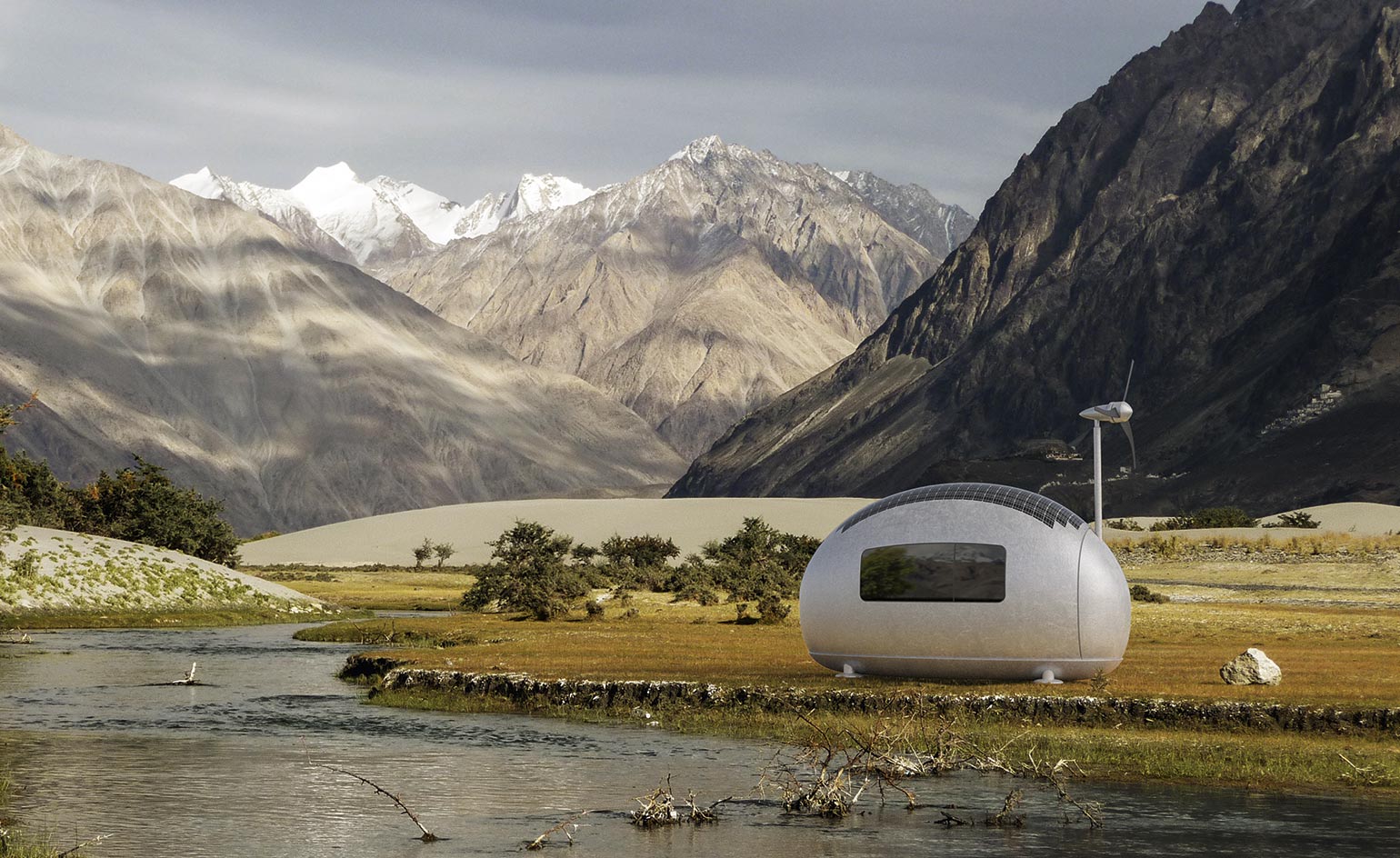
We are all, once, nomads. Our ancient ancestors wandered from place to place as the climate and crop demanded—and their homes had to be fit for this itinerant lifestyle. If you’re on the move, your home needs to move with you. Philip Jodidio’s new Taschen tome, Nomadic Homes begins with an overture to our deep-rooted peripatetic spirit, and brings out some surprising examples and architectural feats that show how housing has been adapted to the lives of wandering souls. From 8th century tents to trailer homes, Bible wagons, igloos, sustainable pods in the forests and houses that float on water, Nomadic Homes gives endless examples of innovation and experimental design.
Being rootless doesn’t mean you have to forgo on comfort—or stability. Or at least, not in the psychological sense: Danish group N55’s Walking House (2009), an environmentally-friendly modular abode for up to four people, walks on six legs, powered by linear actuators. Probably not the best time to cook dinner. It is impossible to think about nomadic living today without thinking about migration forced by political and environmental disasters.
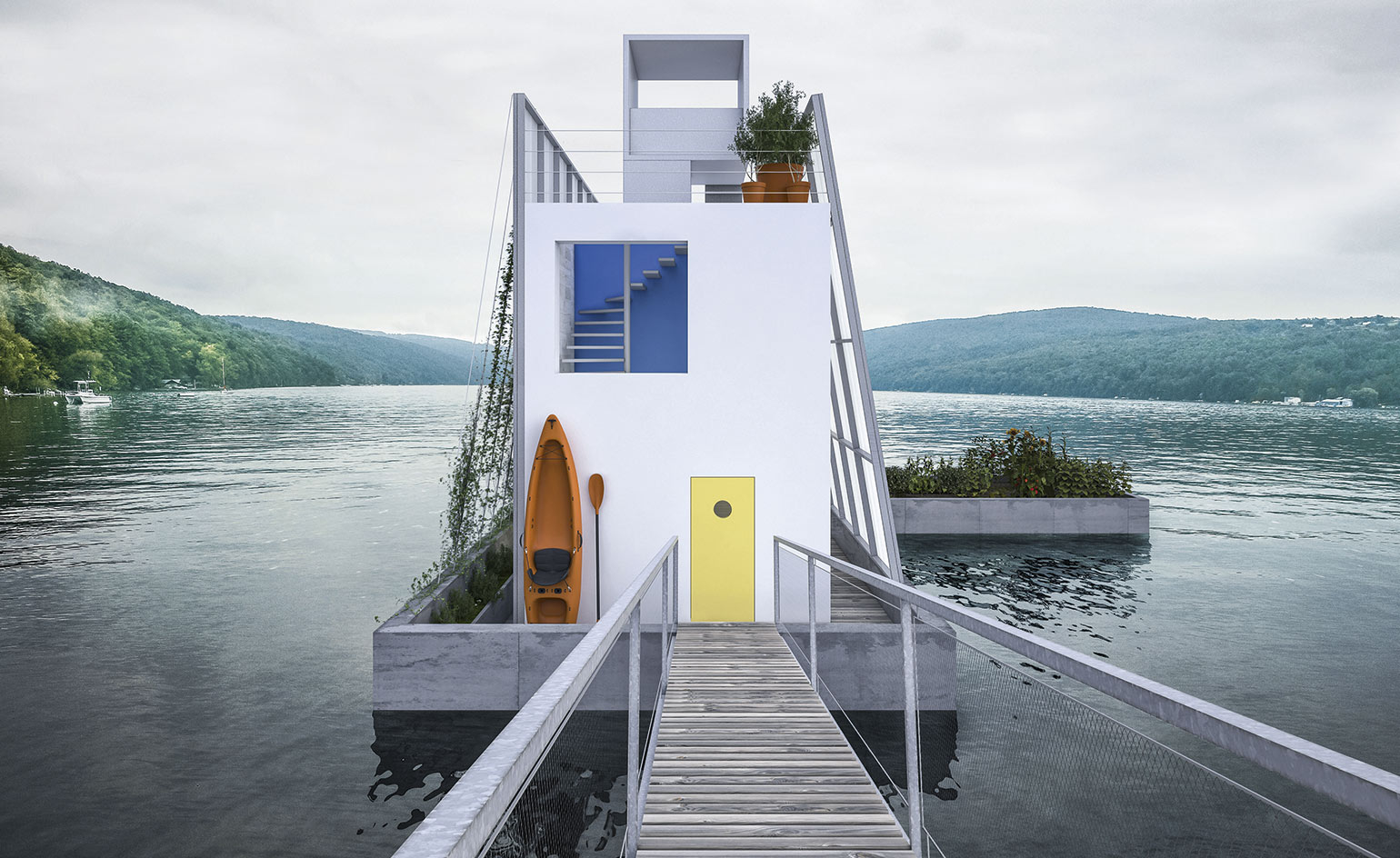
Floating House, designed by Carl Turner Architects. Courtesy of Carl Turner Architects
It’s hardly surprising, in this context, that the architects, designers and artists interested in temporary and moveable homes often engage with the challenges of our times. One example is Shigeru Ban’s emergency relief projects, such as the shipping containers he set up as bright, open living spaces in Onagawa following the tsunami in Japan in 2011, and the pre-fabricated foam-board houses he proposed in Manila in 2013 – one of the ways nomadic thinking could be applied to address the needs of the displaced. Morphosis’ The Float House, able to self-sustain and to withstand the floods caused by storms like Hurricane Katrina, is another solution for troubling times.
The book also points to nomadic living, as chosen lifestyle, as a political statement, bucking against conformist society and its ideals of ownership — something that seems increasingly appealing with rising house prices and urban overcrowding. Tiny house pioneer Christopher Smith (also the subject of a documentary film) built his cosy, off-grid, self-sufficient home in Colorado for $26,000. Equally appealing is the snug Collingwood Shepherd Hut, constructed from all kinds of reclaimed wood, with bright, minimal interiors — no more than just what you need, a riposte to a culture of consumerism and excess.
‘As it should be readily apparent from this summary collection of movable residences from all over the world and in all types of different contexts, the nomadic spirit of our ancestors the hunter-gatherers is very much alive in the modern world,’ Jodidio writes. ‘Where architecture has often sought stability and thus the lack of movement, modernity has brought a sense of the finite, and a good deal of modesty about posterity and longevity.’
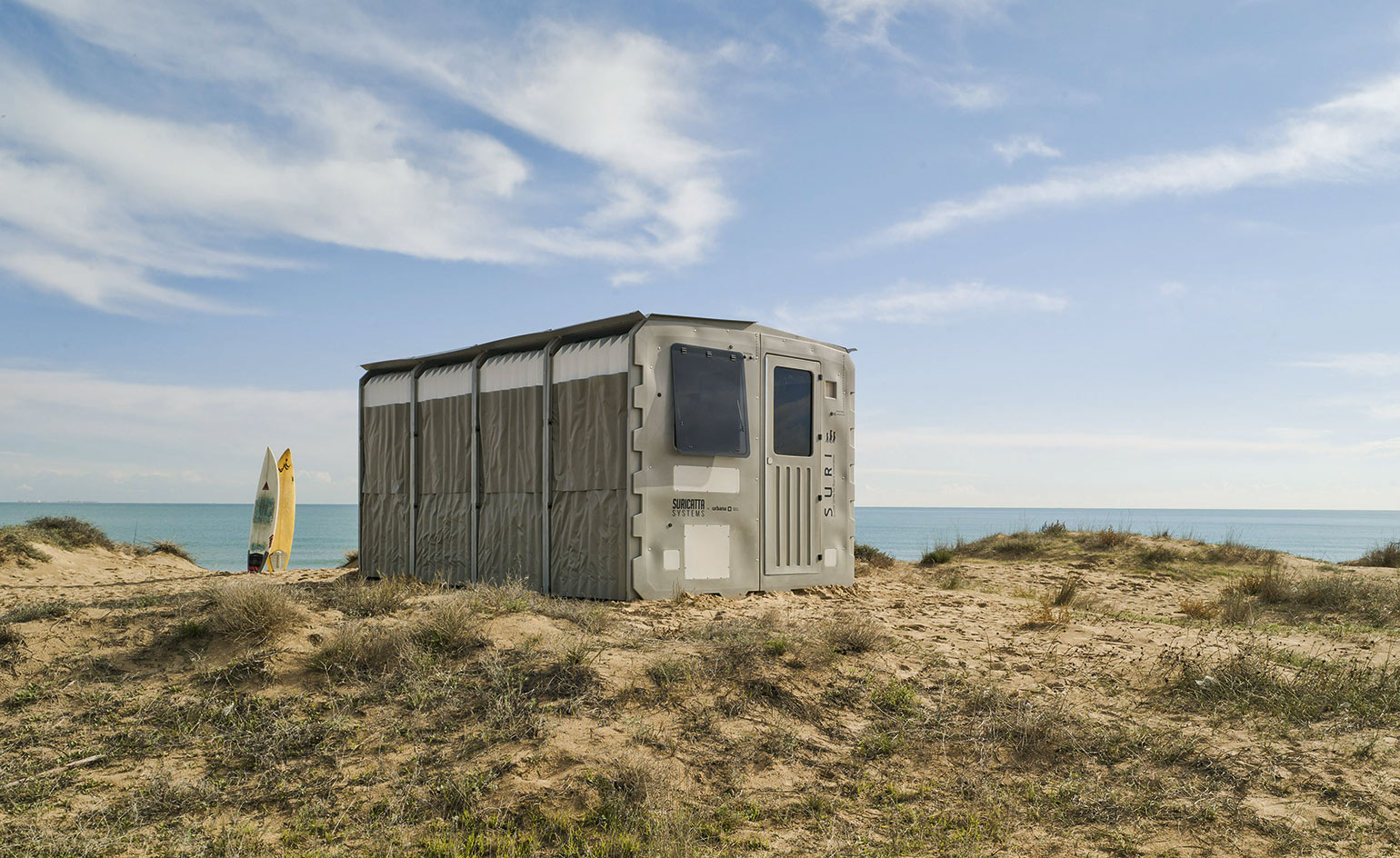
Suricatta Systems, SURI — Shelter Units for Rapid Installation, La Marina, Alicante, Spain.
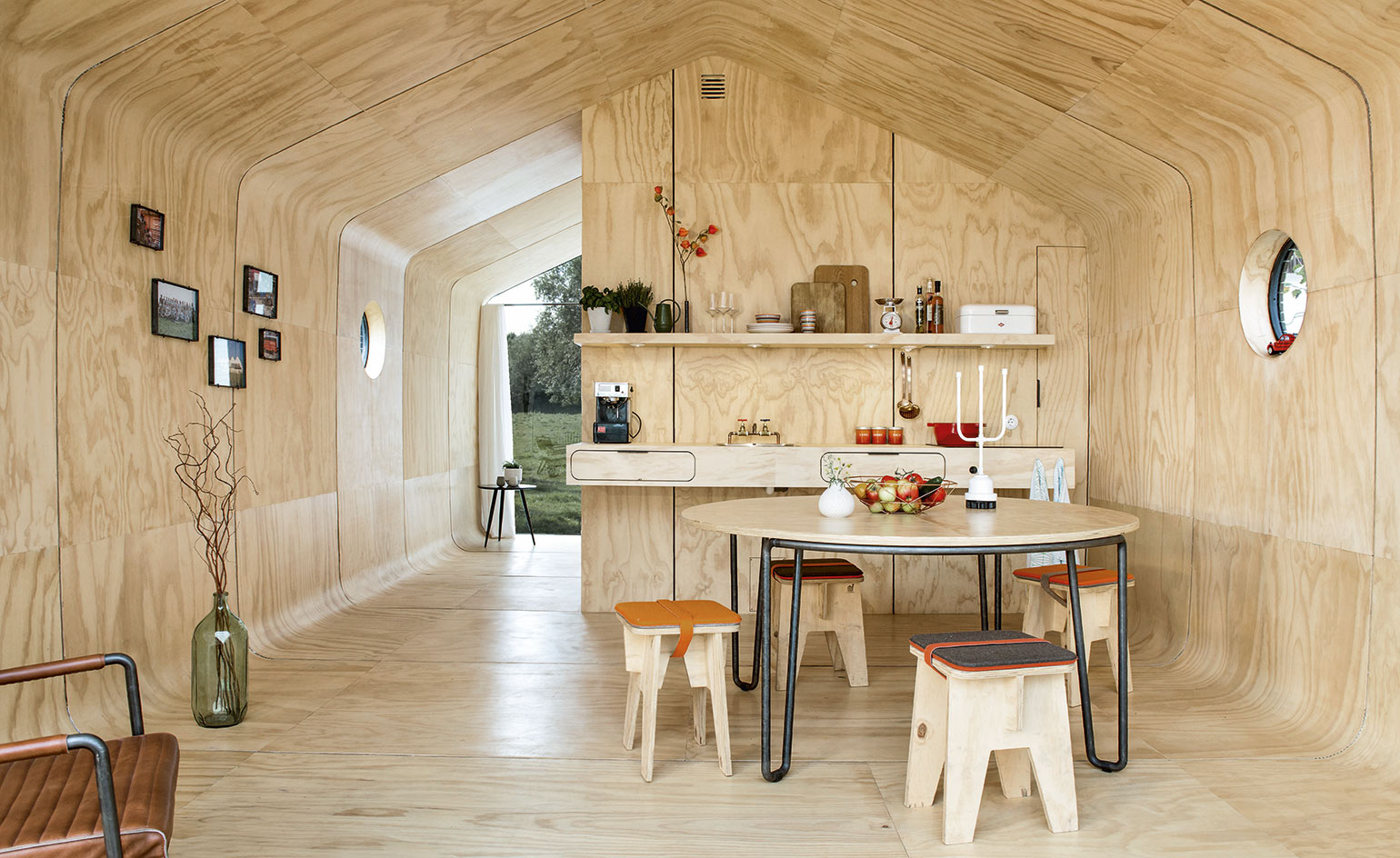
Wikkelhouse, Amsterdam, The Netherlands, designed by Fiction Factory.

Ábaton Portable Home ÁPH80, Madrid, Spain, designed by Ábaton.
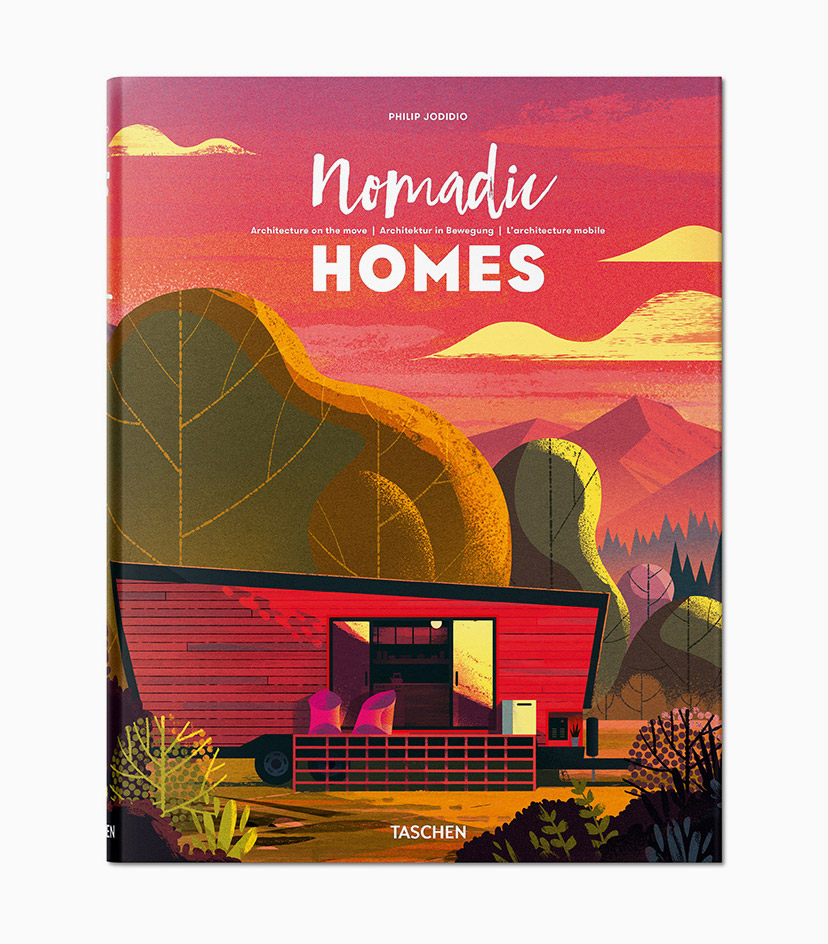
Nomadic Homes: Architecture on the move by Philip Jodidio and Russ Gray
INFORMATION
Nomadic Homes, published by Taschen
Receive our daily digest of inspiration, escapism and design stories from around the world direct to your inbox.
Charlotte Jansen is a journalist and the author of two books on photography, Girl on Girl (2017) and Photography Now (2021). She is commissioning editor at Elephant magazine and has written on contemporary art and culture for The Guardian, the Financial Times, ELLE, the British Journal of Photography, Frieze and Artsy. Jansen is also presenter of Dior Talks podcast series, The Female Gaze.
-
 These Guadalajara architects mix modernism with traditional local materials and craft
These Guadalajara architects mix modernism with traditional local materials and craftGuadalajara architects Laura Barba and Luis Aurelio of Barbapiña Arquitectos design drawing on the past to imagine the future
-
 Robert Therrien's largest-ever museum show in Los Angeles is enduringly appealing
Robert Therrien's largest-ever museum show in Los Angeles is enduringly appealing'This is a Story' at The Broad unites 120 of Robert Therrien's sculptures, paintings and works on paper
-
 The Wallpaper* style team recall their personal style moments of 2025
The Wallpaper* style team recall their personal style moments of 2025In a landmark year for fashion, the Wallpaper* style editors found joy in the new – from Matthieu Blazy’s Chanel debut to a clean slate at Jil Sander
-
 David Kohn’s first book, ‘Stages’, is unpredictable, experimental and informative
David Kohn’s first book, ‘Stages’, is unpredictable, experimental and informativeThe first book on David Kohn Architects focuses on the work of the award-winning London-based practice; ‘Stages’ is an innovative monograph in 12 parts
-
 Explore Tom Kundig’s unusual houses, from studios on wheels to cabins slotted into boulders
Explore Tom Kundig’s unusual houses, from studios on wheels to cabins slotted into bouldersThe American architect’s entire residential portfolio is the subject of a comprehensive new book, ‘Tom Kundig: Complete Houses’
-
 A new photo book explores the symbolic beauty of the Japanese garden
A new photo book explores the symbolic beauty of the Japanese garden‘Modern Japanese Gardens’ from Thames & Hudson traces the 20th-century evolution of these serene spaces, where every element has a purpose
-
 Modernist Travel Guide: a handy companion to explore modernism across the globe
Modernist Travel Guide: a handy companion to explore modernism across the globe‘Modernist Travel Guide’, a handy new pocket-sized book for travel lovers and modernist architecture fans, comes courtesy of Wallpaper* contributor Adam Štěch and his passion for modernism
-
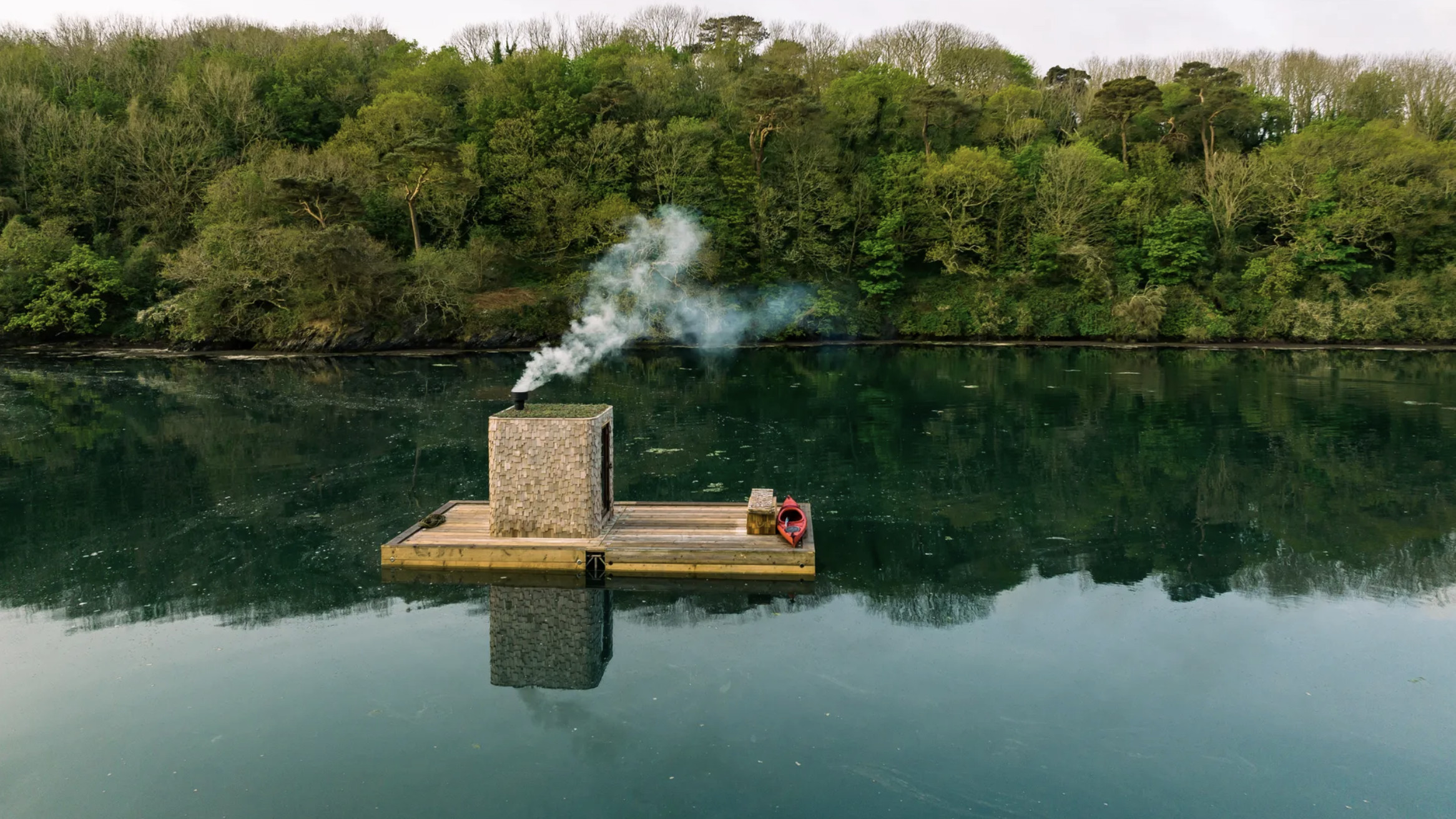 Wild sauna, anyone? The ultimate guide to exploring deep heat in the UK outdoors
Wild sauna, anyone? The ultimate guide to exploring deep heat in the UK outdoors‘Wild Sauna’, a new book exploring the finest outdoor establishments for the ultimate deep-heat experience in the UK, has hit the shelves; we find out more about the growing trend
-
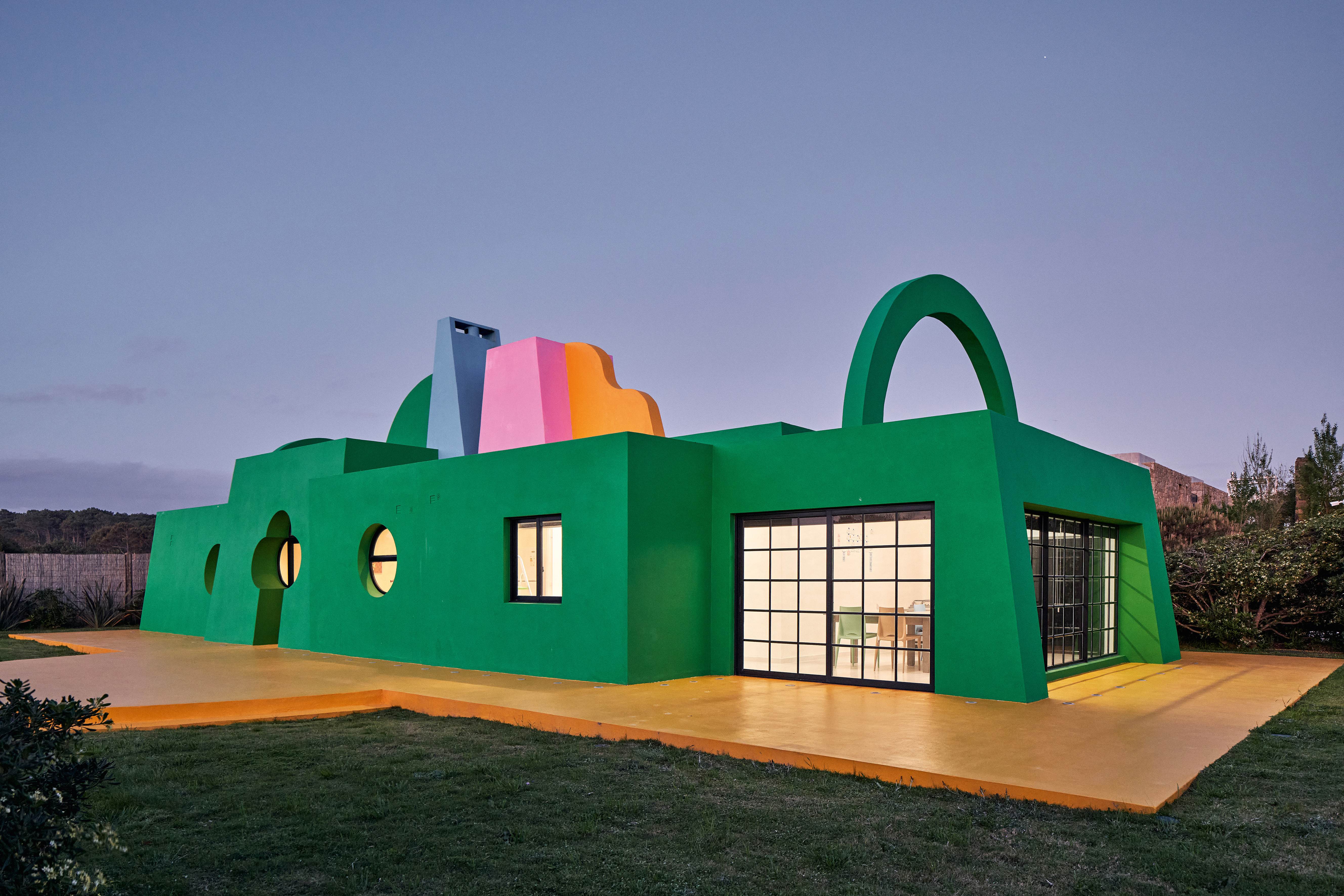 Ten contemporary homes that are pushing the boundaries of architecture
Ten contemporary homes that are pushing the boundaries of architectureA new book detailing 59 visually intriguing and technologically impressive contemporary houses shines a light on how architecture is evolving
-
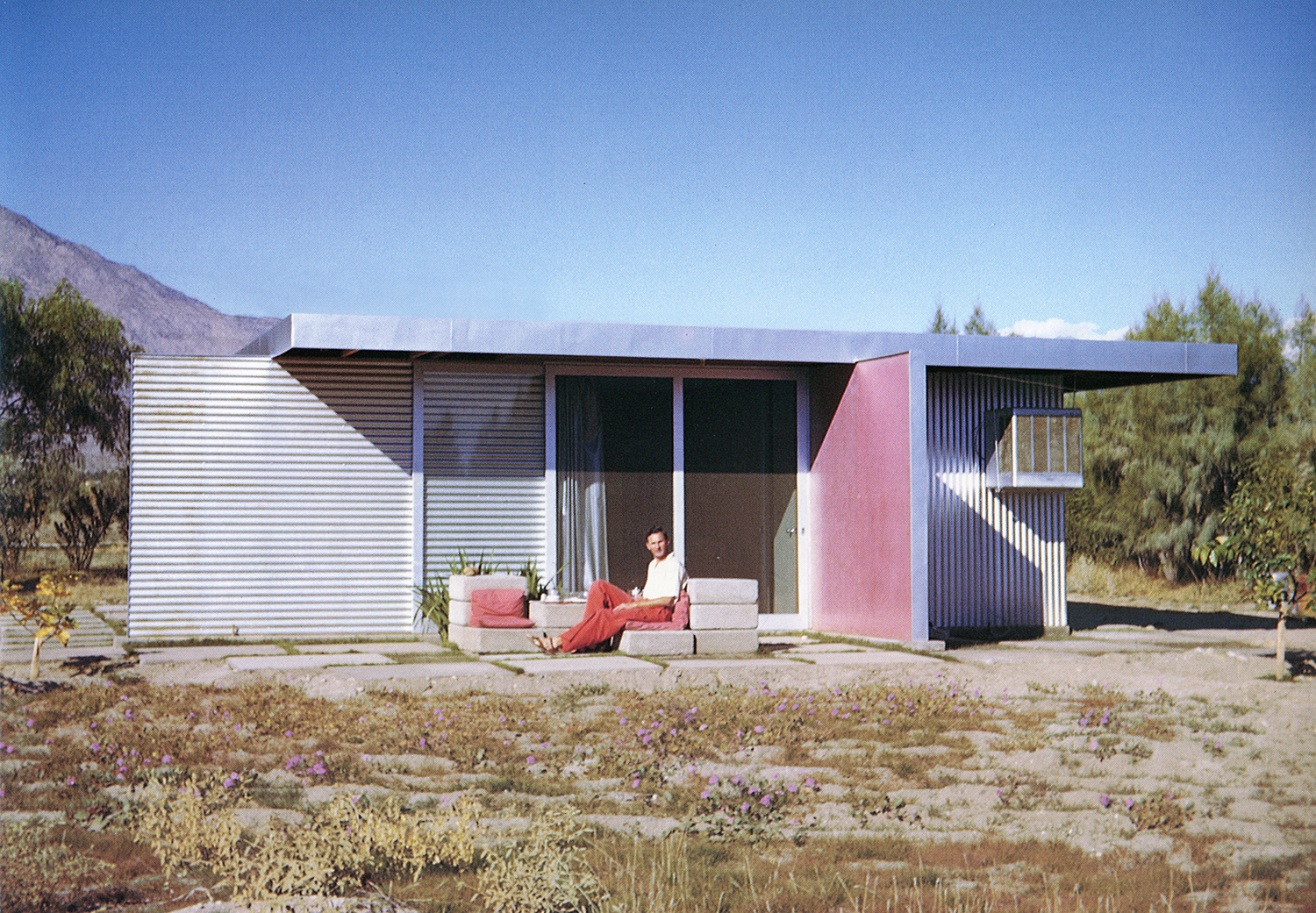 Take a deep dive into The Palm Springs School ahead of the region’s Modernism Week
Take a deep dive into The Palm Springs School ahead of the region’s Modernism WeekNew book ‘The Palm Springs School: Desert Modernism 1934-1975’ is the ultimate guide to exploring the midcentury gems of California, during Palm Springs Modernism Week 2025 and beyond
-
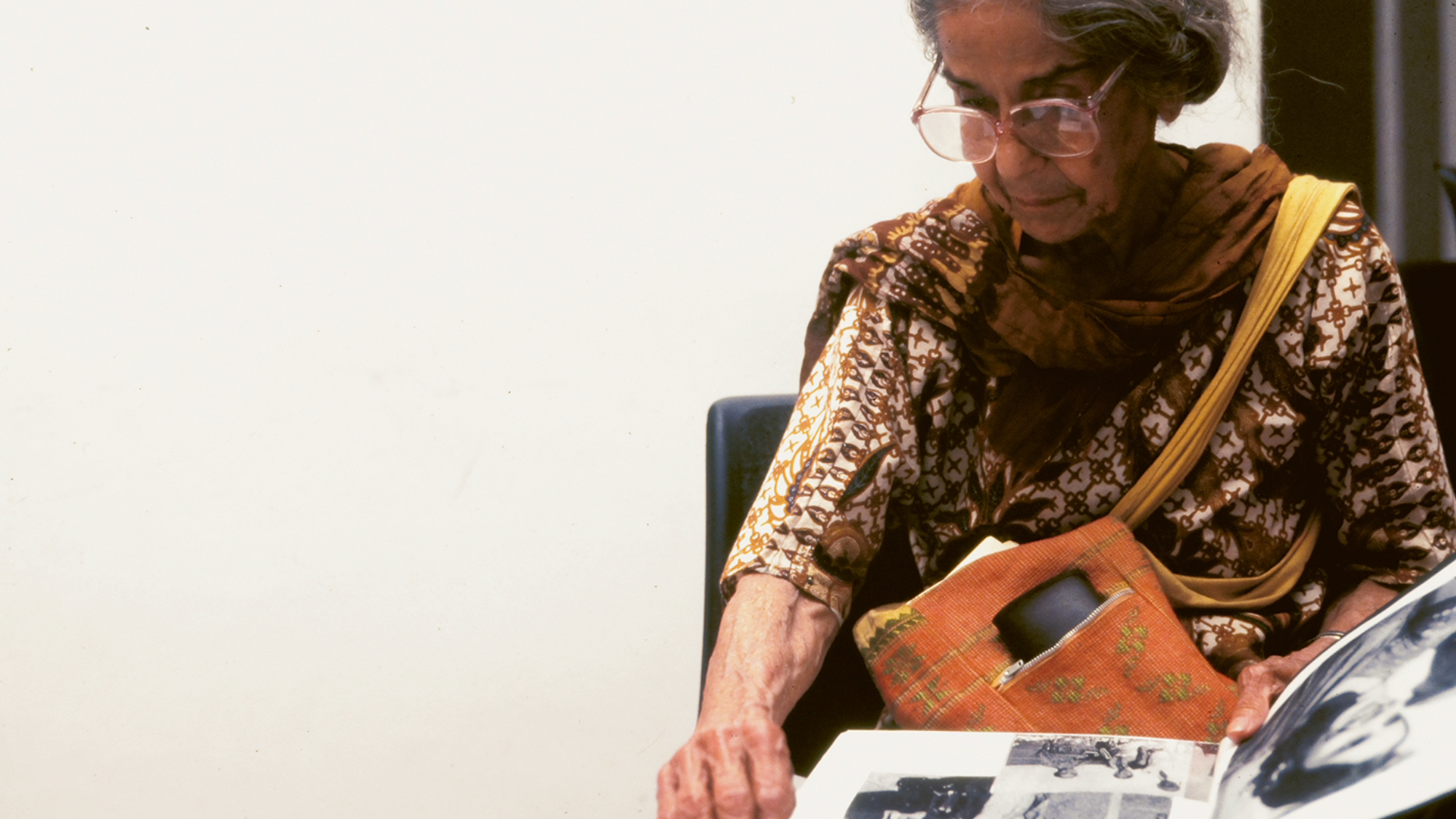 Meet Minnette de Silva, the trailblazing Sri Lankan modernist architect
Meet Minnette de Silva, the trailblazing Sri Lankan modernist architectSri Lankan architect Minnette de Silva is celebrated in a new book by author Anooradha Iyer Siddiq, who looks into the modernist's work at the intersection of ecology, heritage and craftsmanship